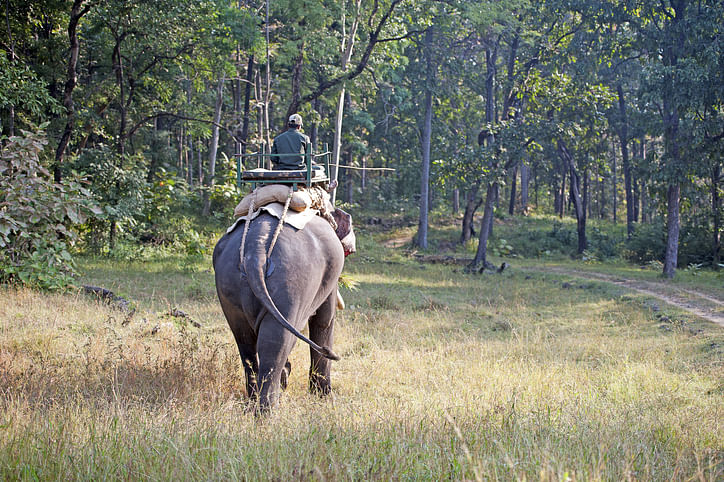
It is not just wild boars, but sambar deers, civets, monitor lizards, and even pythons are among the targets of poachers in Kerala forests.
Attractive returns, the craze for the meat of wild animals, and wrong perceptions over medicinal values of meat of wild animals are the key reasons why wild animals' meat trade is flourishing, said forest department sources, and wildlife protection activists.
While 223 wildlife cases were registered in Kerala in 2018, in 2019 it was 246.
Wildlife biologist Roshnath Ramesh, who has been carrying out wildlife awareness programmes, said that an increase in poaching activities in Kerala forests was also found during the lockdown days, as some recent studies pointed out. In the forest areas of Kannur, around five cases came to our notice during the last couple of months, while a deer had a narrow escape from a trap in Wayanad.
At Wayanad district, a leopard was trapped in a snare set for wild boars or deers on Sunday (June 7) and further search found several such snares.
Forest department officials said that wild boars and sambar deers were the easy and most lucrative targets of poachers owing to its abundance and attractive return. The use of explosives packed food and snares are the most common modus operandi. In the forest areas of Thiruvananthapuram, even three police personnel were held in connection with the poaching of a sambar deer two years back. Two instances of poaching pythons in forest areas of Kannur a few years back.
Former divisional forest officer C V Rajan said that an average wild boar could give up to 50-kilogram meat at the poachers used to set it for Rs. 300 to Rs. 400 per kilogram and thereby easily earning over Rs. 10,000 or more from a single catch. The customers were often found to be in closed circuit groups.
Lack of awareness about the legal implications was also found to be a reason why poaching activities were thriving. Many who consume the wild animals' meat were ignorant about the stringent punishment that they could face, said Mr. Rajan, who held the gangs involved in python poaching.
Roshnath said that pythons were mainly targeted with the intention of extracting fat as there was a misbelief that it got medicinal qualities. Similarly meat of civets and monitor lizards were also sold at attractive prices by poachers citing medicinal qualities. "A lot of such misbeliefs were helping the poachers earn attractive returns. However, there were instances where the poached animals had infections like rabies," he said.